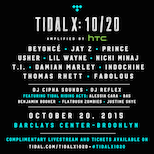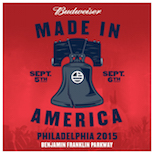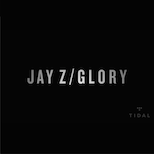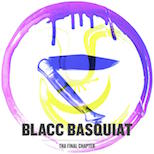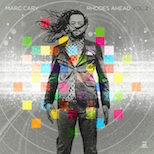Trombone Shorty Discusses New Album “Say That To Say This” and Hip-Hop Influences
09.12.2013
MUSIC
Trombone Shorty is just 27-years-old but he’s been in the music game for two-plus decades, and while he’s watched peers and elders struggle to continue to push the music, he’s made sure he hasn’t fallen into the same trap. Since day one, he’s looked to shift the boundaries, especially hailing from New Orleans, a cornerstone of American music, where one could easily feel pressured into simply playing to appease the “tradition.” Bucking the norm has allowed Trombone Shorty – born Troy Andrews – to work effectively with musical pioneers like The Meters, progressive contemporary groups like Rebirth Brass Band, and New Orleans hip-hop legends like Master P and Mannie Fresh.
The result of all of this has been Shorty’s own brand of music, supafunkrock, and his new record, Say That To Say This (in stores now), is full of it. Bringing in Raphael Saadiq to spice up the musical gumbo, Trombone Shorty and his band, Orleans Avenue, successfully managed to craft another batch soulful, unique and original records. Shorty described the album as “really funky, like James Brown mixed with The Meters and Neville Brothers, with what I do on top, and we have a bit of R&B from Raphael’s side.” The horns are classic New Orleans, but the drums and grooves are derived from funk and hip-hop; Shorty plays several other instruments, including drums and trumpet, in addition to his trombone.
Life+Times caught up with Trombone Shorty to talk Say That To Say This and the influence of hip-hop on his music.
Life+Times: You’ve recorded a lot of music despite still being very young, what’s significant about Say That To Say This, especially working with Raphael Saadiq?
Trombone Shorty: I’ve been a big fan of Raphael Saadiq, even before he knew who I was. I’ve been listening to his music since I was a kid – we have some mutual friends that introduced me to him a couple years ago. Being able to record with him was an unbelievable experience because my band and I, we’ve been listening to his music on the tour bus for years, picking it apart, learning things from it, and for us to have chance to work with him, we had to step up our game because we know one [we’re working with] one of our favorite heroes. It was wonderful. With him being a great musician and great producer, he just added himself to our band during the sessions and we were able to take each other to different musical things. We gave him a little New Orleans knowledge and he taught us some things. It was great and I wanted to record it in L.A. with him at his studio so we could focus and have that time to create some things and go deep into the music to see what we could come up with. It was a real blessing and honor to work with someone of his caliber.
L+T: Talk about the vibe you had on the first single, “Fire And Brimstone.”
TS: Well that vibe – we were in LA, and I was listening to Dr. Dre. Some old school Dr. Dre, like Eazy E “Boyz N Da Hood,” but with the real drum set – we were listening to that type of stuff and I told my drummer to try to play a beat similar to that. I had some riffs on top of it. We did the music first then I sent the song to a guy in Atlanta who wrote the lyrics. I listened to it and thought it was cool. We collaborated and kept throwing out vibes and grooves and we shaped it all together.
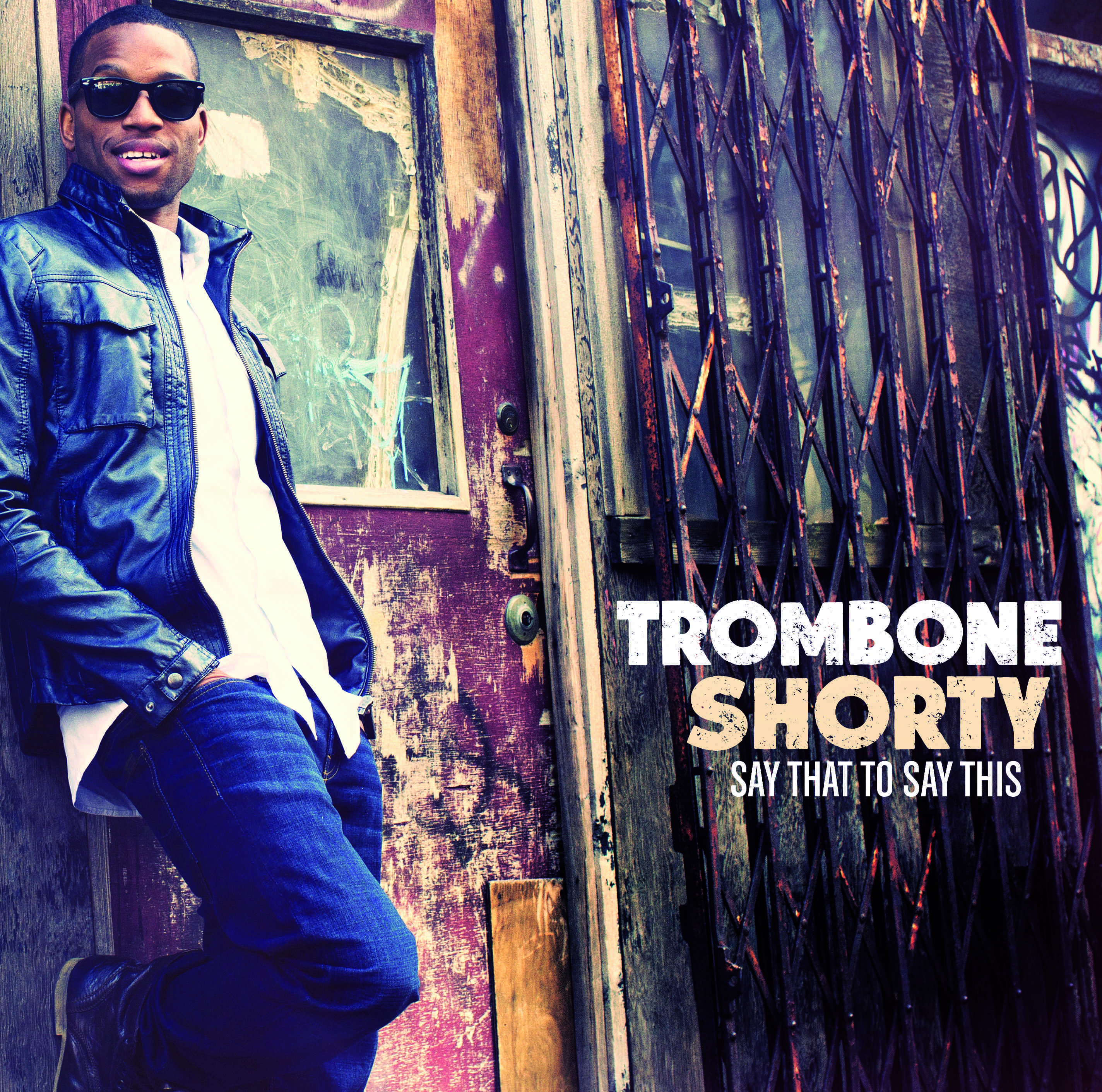
L+T: To that point, what has the influence of hip-hop music been on your music in general?
TS:Hip-hop music is very important with me. I might not rap, but you’ll definitely hear me imitating some of the beats on the drums when I write my music. I think the hip-hop drum sound, that’s always in my sound. I play the drums on one of the tracks [on the album] – “Shortyville,” where it’s just me and Raphael – whenever I’m creating by myself in the studio, I’m always thinking of creating a track as if I was playing it on a beat machine. Growing up in New Orleans, you know, there’s Master P, Cash Money and people like that. I had a chance to work with Mannie Fresh when I was a kid and still today we do some things, so hip-hop is very important. The rhythms I borrow from hip-hop and play in my music, we just happen to play them on real drums. I think I probably listen to that style of music more than anything. When I was a kid I would play along with my brother, Buster. That’s all he listens to. He played the drums, but that’s the only type of music he listened to, so growing up, at home, I heard N.W.A., JAY Z, Master P and all these people because he was listening to that; I just used to get my horn and play along with those CDs and try to figure out some type of way to manipulate my trombone and see how to go on top of hip-hop music because you didn’t really hear that many horns on early hip-hop. I just wanted to go and play on top of it. Even today, when we’re home or in the studio, on the road with the computer, we’re always creating hip-hop beats, hip-hop music. We might not play them live, but when you see our show, you’ll definitely hear us go into a hip-hop segment of some music. Musically, I’m always trying to figure out what people are thinking or where they were trying to go, and I would just play on top of that. We were just jamming out to Juvenile “Need It In My Life”; whenever we’re doing soundcheck I think that music dominates everything because we’re very young. [I’m] 27, the youngest person in my band is 24. We’re influenced by that just growing up in this day and time. We had a vibe I created that was based on JAY Z’s “99 Problems.” I didn’t release that one yet. That goes to show you how much hip-hop we listen to as we’re recording.
L+T: How has that background – playing over hip-hop music – helped you as collaborator worked with so many different kinds of artists?
TS:I’ve always been interested in different styles of music and I’ve always listened to it, so when I got to collaborate with these people I was going off of my imagination. But actually being able to work with Juvenile, Mystikal and people like that, and me always wanting to learn different styles of music, it helped me be comfortable because I was already doing that as a kid, listening and playing along with hip-hop. So when I got a chance to work with them, it wasn’t that far off because I was already familiar with the way they were working. I think as a musician – and [especially] for any young musicians – we all should listen to all styles of music. Me being a horn player, I’ve gotten called to be in different musical neighborhoods and genres, and by me loving hip-hop and rock music, listening to it and having a chance to play it, when I actually got a chance to get in the studio with some of those different people, I already knew how to approach the music. It wasn’t foreign to me because I’m a big fan of it. Being able to work with those different artists and be in the studio with them, that helped shape my sound because I’m always taking things from every musical situation I’ve been put in. I’m always learning something. You get with somebody like a Mannie Fresh, his strong point is hip-hop and creating beats and tracks. I just sit there and watch that and when I leave there, I take a little bit of that and put it into my music. Even though we have instruments, I try to take that same mentality and see what we can do.
L+T: Was there anyone that you saw in particular that let you know you could do what you’re doing?
TS: I think there’s The Meters – very influential in New Orleans and a lot of hip-hop people sampled them back in the day. They stopped playing in the ’70s, but I listened to a whole timeline of music and I saw that some people had gotten stuck right there. But then there’s the Rebirth Brass Band, who happen to be some of my cousins and family members, they were letting me know. Watching them, they kind of created the sound we hear in New Orleans of contemporary brass bands, they’re the blueprint. Whatever they do, that’s what everybody else does, but they are the ones that – without telling me – showed me that they created their own style, and it’s become a tradition now. There’s no brass band in New Orleans that can play a gig without playing one of Rebirth’s songs. If you listen to the brass band music before them, it was more straight, more marching band; Rebirth, they brought in hip-hop, funk, different things that we weren’t used to hearing from that music. That helped influence me and let me know that, “They’re not playing by the rules.” Lenny Kravitz is another one of the people that I look up to and is just genre-bending. I had a chance to play with him straight out of high school, I joined his band when I was 18. Watching him and the way he’d blend funk and rock and R&B, that was a perfect schooling for me.
L+T: You call your music “Supafunkrock.” At what point did you realize what you could do? Talk about the creativity that comes from the confidence you get from not being constrained to any kind of musical boundaries.
TS: See in New Orleans, I don’t think we have boundaries because we have so many different musicians. As a kid I was placed in different musical genres and I didn’t know that it was literally a different style of music. Me being an early teenager – eight or nine years old sometimes – I just thought it was normal for a horn player to play over hip-hop tracks or go work with rock musicians. It’s like a musical gumbo in New Orleans, so we have people like The Neville Brothers or people like Cash Monday. When I was a teenager, I realized that I can make my own style and I didn’t have to do what I had been taught my whole life. I was just too young to understand that, but when I got to a certain level to be able to think independently, I was like, “I really don’t have to do what I’ve been playing my whole life.” Something clicked in my mind where I was like, “I want to create my own style because I don’t want to imitate anybody.” I just want to borrow and take from some of the greats to create where I’m going forward. Even as a youngster, I was like, “If I continue to do this, I’m just gonna be a regular musician.” That’s keeping the tradition, [but] without moving the music forward. I wanted to be able to move the music forward and create some things. I wasn’t afraid to listen to Nine Inch Nails, Nas, Dr. Dre and attempt to try to incorporate those rhythms into my music. Some of the older musicians were a little bit mad, but now I can see that I’m influencing a whole new generation of horn players and musicians that can take what I’m doing and not imitate, but be inspired by not being afraid to incorporate all these styles or stage-dive, things that people weren’t used to seeing from a horn player. I just wanted to be one of the people to push the music forward, to break that staying in one spot thing.
Say That To Say This is available here.
